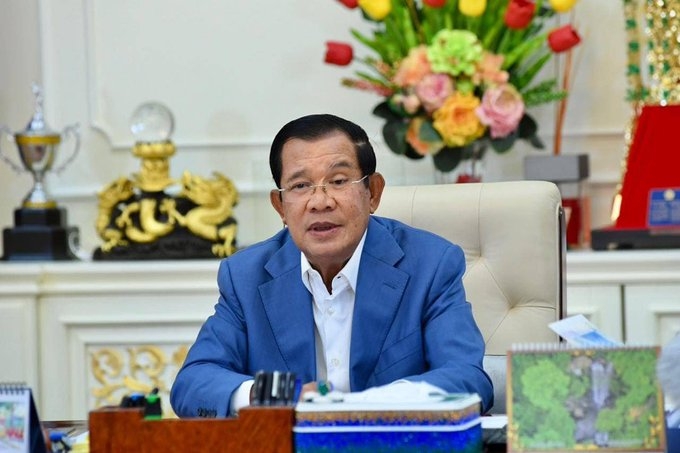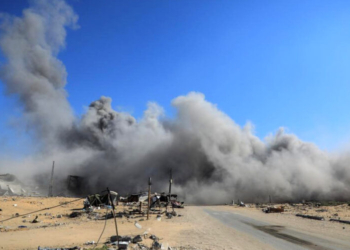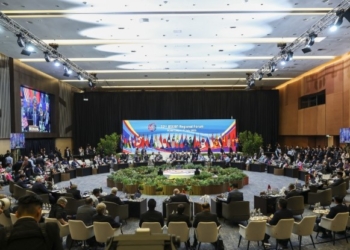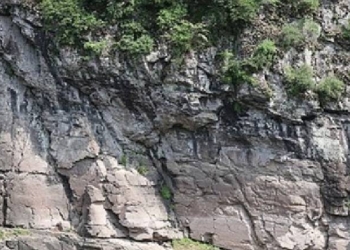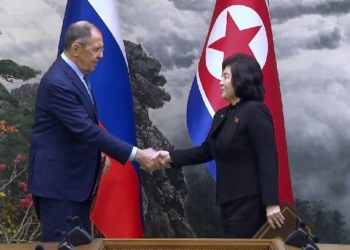Phnom Penh: Cambodian Prime Minister Hun Sen said on Thursday that some 10.03 million people, or 62.6 per cent of the country’s population, have benefited from the clean-up of landmine and explosive remnant of war (ERW) contaminated land in the last 30 years.
Hun Sen revealed the figure in a message to mark the upcoming National Mine Awareness Day on February 24, saying that the Southeast Asian country had cleared 2,554 square kilometers of landmine and ERW-contaminated land from 1992 to 2022, reports Xinhua news agency.
“Some 71 per cent of the cleared land has been used for agriculture, seven percent for social infrastructure and 22 per cent for housing, villages, schools and health centres, among others,” he said.
According to the prime minister, more than 1.15 million anti-personnel mines, 26,135 anti-tank mines and 3.03 million ERWs were found and destroyed in the last 30 years.
He said the number of landmine and ERW casualties had declined to below 100 a year in the last 10 years from 4,320 in 1996.
The kingdom needs to clear the remaining 648 square km of mine-contaminated land and 1,327 square km of ERW-contaminated land by 2025, Hun Sen said, adding that to achieve this target, the government has allocated an annual budget of $30 million from 2023 to 2025 for mine and ERW clearance work.
Cambodia is one of the countries worst-affected by landmines and ERWs.
An estimated 4 million to 6 million landmines and other munitions had been left over from three decades of wars and internal conflicts that ended in 1998.
According to the Yale University, between 1965 and 1973, the US had dropped some 230,516 bombs on 113,716 sites in Cambodia.
The Cambodian Mine Action and Victim Assistance Authority said from 1979 to 2022, landmine and ERW explosions had claimed 19,818 lives and either injured or amputated 45,187 others in the kingdom.
(IANS)




